Market Share
Africa Recycled Ocean Plastics Market Share Analysis
The Africa Recycled Ocean Plastics Market is attracting growing attention due to consumer and corporate consciousness that has made environmental concerns and sustainability key attributes. In this market, firms are resorting to diverse market share positioning strategies as they battle to outdo one another in the ever-changing frontiers. Product innovation is one of these strategies whereby companies concentrate on creating new and environmentally friendly products from recycled ocean plastics. By introducing inventive and environment-friendly solutions, such companies aim at attracting environmentally sensitive customers who also regard them as leaders of the industry.
The most important market share positioning strategy for Africa Recycled Ocean Plastics Market is cost leadership. Companies are investing in research and development (R&D) to enhance recycling processes for cost effectiveness. Consequently, recycled plastic merchandise can be provided at lower prices thereby making it affordable to a larger consumer base. Affordable sustainability will therefore win more customers than any other firm’s approach.
Collaboration with various stakeholders has emerged as an important aspect of market positioning among the players in Africa Recycled Ocean Plastics Market. Collaborations with non-governmental organizations (NGOs), governments, communities help strengthen supply chains, improve collection capabilities, as well as promote recycling activities for example when alliances are formed between companies and NGOs or state bodies. Such team works not only help sociality but also environmental concern with good brand image hence trusts by the consumers and interested groups.
Besides, geographical expansion plays a crucial role in market share positioning within the Africa recycled ocean plastics market. Middle East firms have expanded their operations into Central Asia after realizing that there was an increased plastic pollution across all continents so that they could reach many untouched markets for instance thus; setting up of recycling plants or having distribution networks in different regions will not only solve local plastic waste problems but also align enterprises’ endeavors towards overall environmental sustainability objectives of the continent.
Furthermore, promotion campaigns aimed at informing potential buyers about local recycled ocean plastics should be considered as essential elements of marketing mix within this market. In order to educate people about the importance of recycling and the positive effects of products made from recycled ocean plastics, many companies have invested in such initiatives targeting consumers, businesses as well as governments. To that end, market presence is strengthened through active participation in awareness campaigns, which are effective in creating consumer demand for sustainable goods hence control purchasing choice.
Additionally, technology adoption and innovation are important components of market positioning within Africa Recycled Ocean Plastics Market. Middle East firms have increasingly adopted advanced recycling technologies capable of effectively processing various types of plastic waste derived from oceans. This not only enhances the quality of recyclable materials but also increases scalability thus enabling firms to meet growing demand for environmentally friendly plastics.


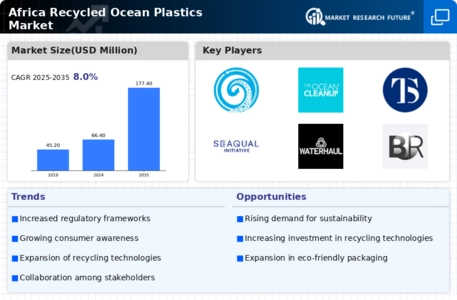

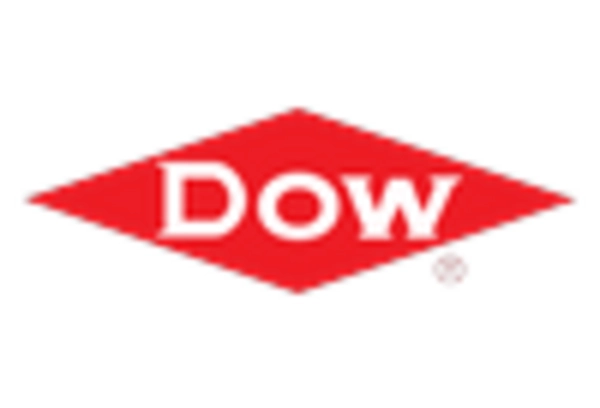

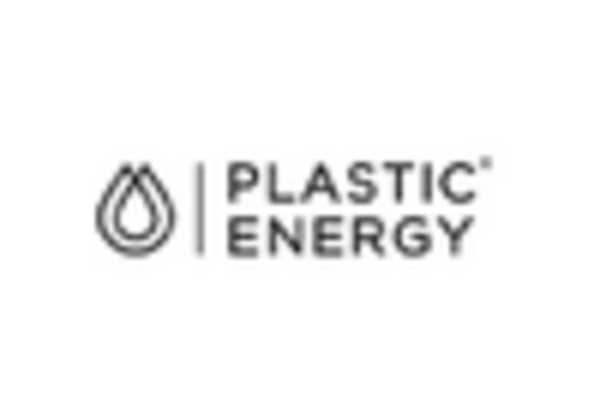
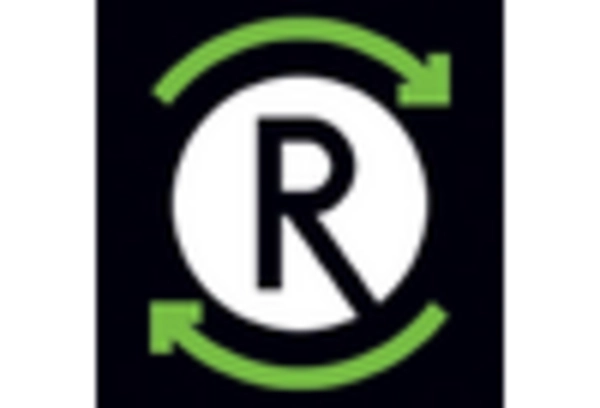
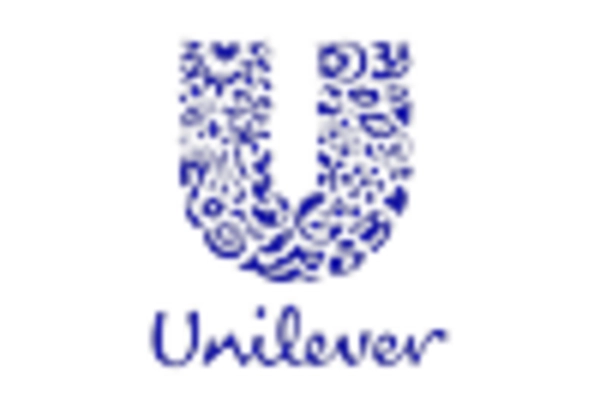









Leave a Comment